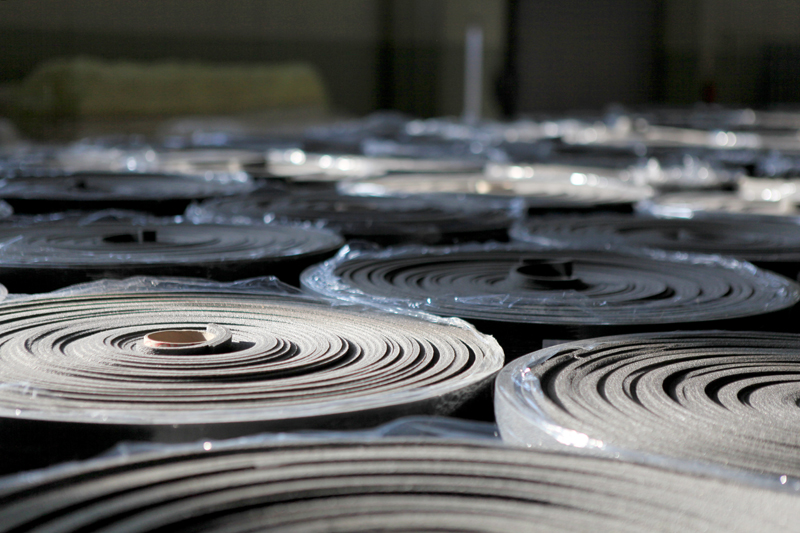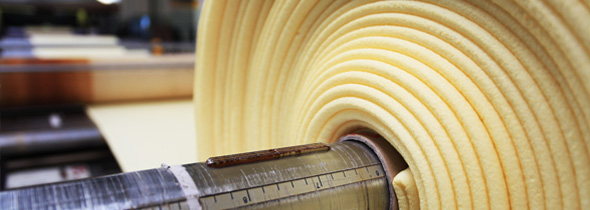Have you ever stopped to consider the surprising versatility of polyethylene foam? This seemingly ordinary material holds extraordinary potential across a wide range of industries and everyday applications. Let’s dive into the top uses for polyethylene foam that may just surprise you.
First and foremost, polyethylene foam shines in the realm of protective packaging. Its lightweight nature combined with excellent shock-absorbing properties make it a go-to choice for safeguarding fragile items during shipping and storage. From delicate electronics to precious glassware, polyethylene foam ensures that your valuables reach their destination unscathed.
You may be interested in =>
When it comes to insulation, polyethylene foam truly excels. Whether it’s maintaining temperature control or dampening sound, this foam is a star performer. Its insulating properties make it an ideal choice for construction projects, HVAC systems, and even automotive insulation, providing both thermal and acoustic benefits.
In the realm of sports equipment, polyethylene foam plays a crucial role in enhancing safety and performance. From helmets to knee pads and flotation devices, this foam’s cushioning and buoyancy properties offer protection and support to athletes and enthusiasts alike. It’s like a reliable teammate, always there to absorb the impact and keep you afloat.

Automotive applications also benefit greatly from the use of polyethylene foam. From car interiors to gaskets, seals, and under-hood insulation, this material proves its worth in durability, noise reduction, and thermal resistance. It’s like the silent hero of the automotive world, working behind the scenes to ensure a smooth and comfortable ride.
Protective Packaging
Polyethylene foam is a remarkable material that finds widespread use in protective packaging applications. Its lightweight nature combined with excellent shock-absorbing properties makes it an ideal choice for safeguarding fragile items during transportation and storage. Whether it’s delicate electronics, glassware, or sensitive equipment, polyethylene foam provides a cushioning barrier that helps prevent damage from impacts and vibrations.
When it comes to protective packaging, polyethylene foam stands out for its versatility and reliability. Unlike traditional packaging materials that may add unnecessary weight and bulk, this foam offers a balance of protection and efficiency. Its ability to conform to the shape of the item being packaged ensures a snug fit, reducing the risk of movement and minimizing the chances of breakage or scratches.
One of the key advantages of using polyethylene foam in protective packaging is its resilience to repeated impacts. Whether a package is dropped, bumped, or jostled during transit, the foam absorbs the shock, safeguarding the contents within. This durability factor not only enhances the overall protection but also contributes to cost savings by reducing the likelihood of product damage and returns.
Additionally, polyethylene foam is resistant to moisture, mildew, and chemicals, further enhancing its suitability for protecting a wide range of products. Its non-abrasive surface ensures that delicate surfaces remain unscathed, maintaining the integrity and appearance of the packaged items. From fragile glassware to sensitive electronic components, this foam provides a reliable barrier against external elements.
Moreover, the customizable nature of polyethylene foam allows for tailored packaging solutions that meet specific requirements. Whether creating custom inserts for electronics or designing protective wraps for artwork, the versatility of this material enables manufacturers to optimize packaging designs for maximum protection. By leveraging the unique properties of polyethylene foam, businesses can ensure that their products reach customers intact and in pristine condition.
Insulation Material
Polyethylene foam is a versatile material that finds extensive use as an insulation material in various industries and applications. Its exceptional insulating properties make it a go-to choice for temperature and sound insulation needs across different sectors.
When it comes to construction, polyethylene foam serves as an efficient insulator, helping to maintain optimal temperatures within buildings while also reducing noise levels. In HVAC systems, this foam is utilized to prevent heat loss and improve energy efficiency. Additionally, in automotive insulation, polyethylene foam plays a crucial role in reducing noise and vibrations inside vehicles, enhancing the overall driving experience.

One of the key advantages of polyethylene foam as an insulation material is its lightweight nature, which allows for easy installation and handling. Its ability to effectively block heat transfer and sound waves makes it a preferred choice for many insulation applications, offering both practicality and performance.
Moreover, polyethylene foam is known for its durability and resilience, ensuring long-lasting insulation solutions that require minimal maintenance. Whether used in construction, HVAC systems, or automotive settings, this foam material provides reliable insulation that withstands the test of time.
Sports Equipment
Polyethylene foam is a true game-changer in the realm of sports equipment. Its unique properties make it a go-to material for enhancing safety and performance in various athletic gear. Let’s dive into the exciting uses of polyethylene foam in sports equipment:
Helmets: One of the critical pieces of safety equipment in sports, helmets often incorporate polyethylene foam for its exceptional impact absorption capabilities. Whether it’s a bike helmet, football helmet, or any other headgear, the foam provides cushioning to protect the wearer from potential head injuries.
Knee Pads and Elbow Pads: In sports like volleyball, basketball, and skateboarding, knee and elbow pads are essential for preventing injuries during falls or collisions. Polyethylene foam is utilized in these pads to offer comfortable cushioning while also effectively absorbing impact forces.
Flotation Devices: When it comes to water sports and activities, safety is paramount. Polyethylene foam’s buoyant nature makes it an ideal material for crafting flotation devices such as life jackets and floating mats. The foam ensures that individuals stay afloat in water, providing peace of mind and safety during aquatic adventures.
Sports Mats: Whether in gymnastics, yoga, or martial arts, sports mats play a crucial role in cushioning impact and preventing injuries. Polyethylene foam is often used in the construction of these mats due to its soft yet supportive nature, offering athletes a comfortable and safe surface for training and performances.
Protective Gear: From shin guards in soccer to chest protectors in baseball, protective gear is essential for minimizing the risk of injuries in sports. Polyethylene foam components in these gears provide a balance of flexibility and impact resistance, ensuring athletes can focus on their performance without compromising safety.
Overall, polyethylene foam’s versatility and reliability make it a top choice for enhancing the safety, comfort, and performance of sports equipment across various disciplines. Whether on the field, in the water, or at the gym, the innovative applications of polyethylene foam continue to revolutionize the world of sports.
Automotive Applications
When it comes to , polyethylene foam plays a crucial role in enhancing the performance and durability of vehicles. Let’s dive into the various ways this versatile material is utilized in the automotive industry:
- Car Interiors: Polyethylene foam is commonly used in car interiors for its ability to provide comfort and support. From seat cushions to headrests, this foam ensures a pleasant driving experience for passengers.
- Gaskets and Seals: The automotive industry relies on polyethylene foam for creating effective gaskets and seals that prevent leaks and ensure the proper functioning of different components in vehicles.
- Under-Hood Insulation: Polyethylene foam is utilized as under-hood insulation to protect sensitive components from extreme temperatures and vibrations. This helps in maintaining the overall performance and longevity of the vehicle.
Moreover, the durability, noise reduction, and thermal resistance properties of polyethylene foam make it an ideal choice for various automotive applications. Whether it’s dampening noise from the engine or providing thermal insulation, this foam proves to be a reliable and efficient material in the automotive sector.

Leave a Reply